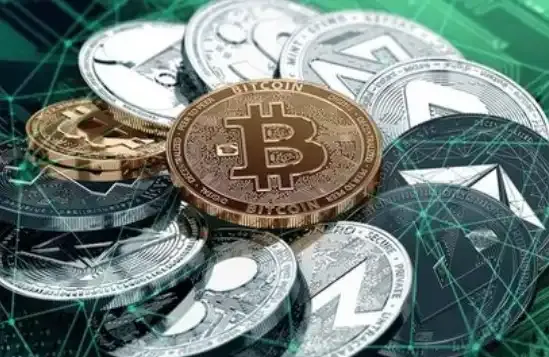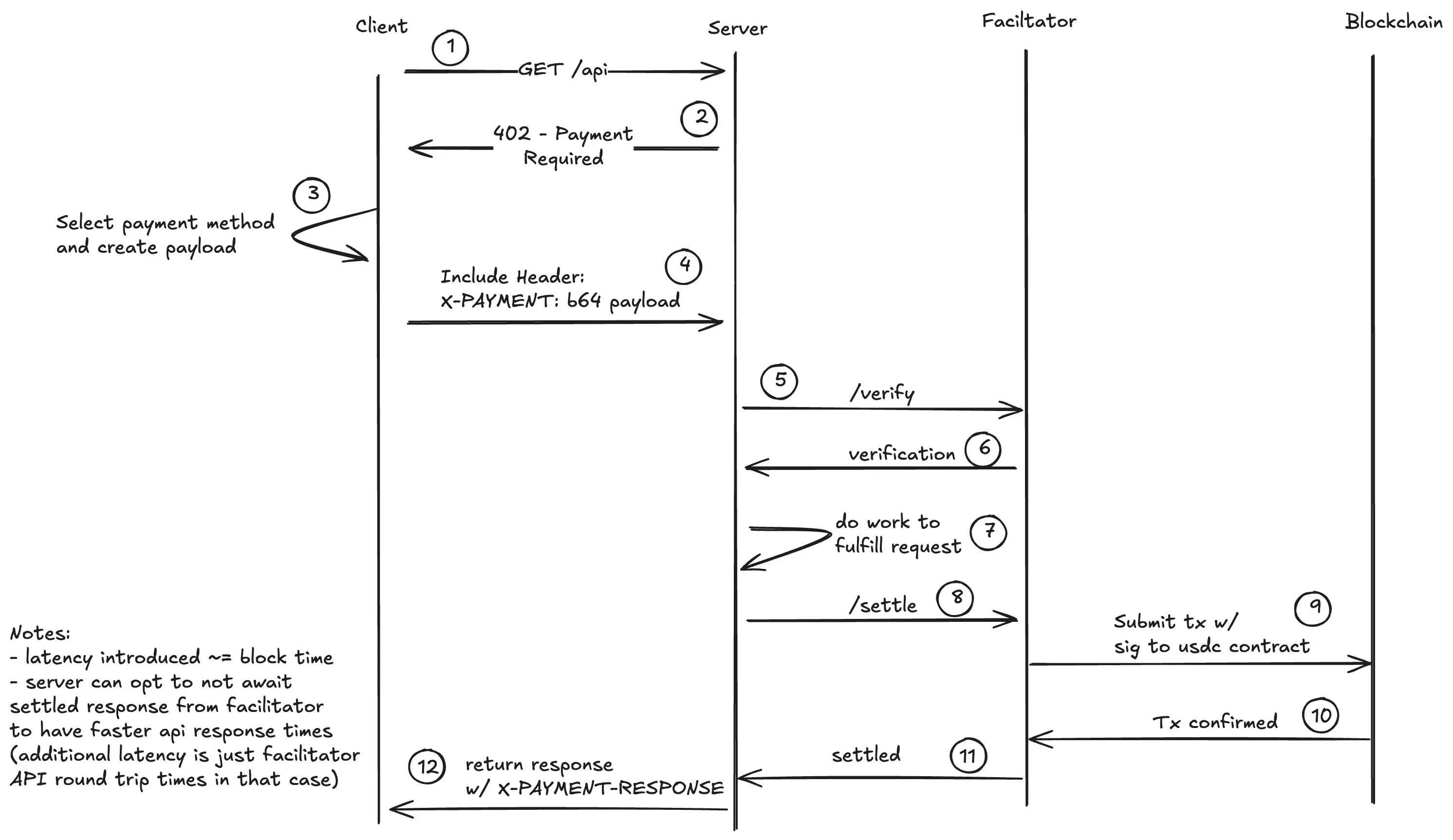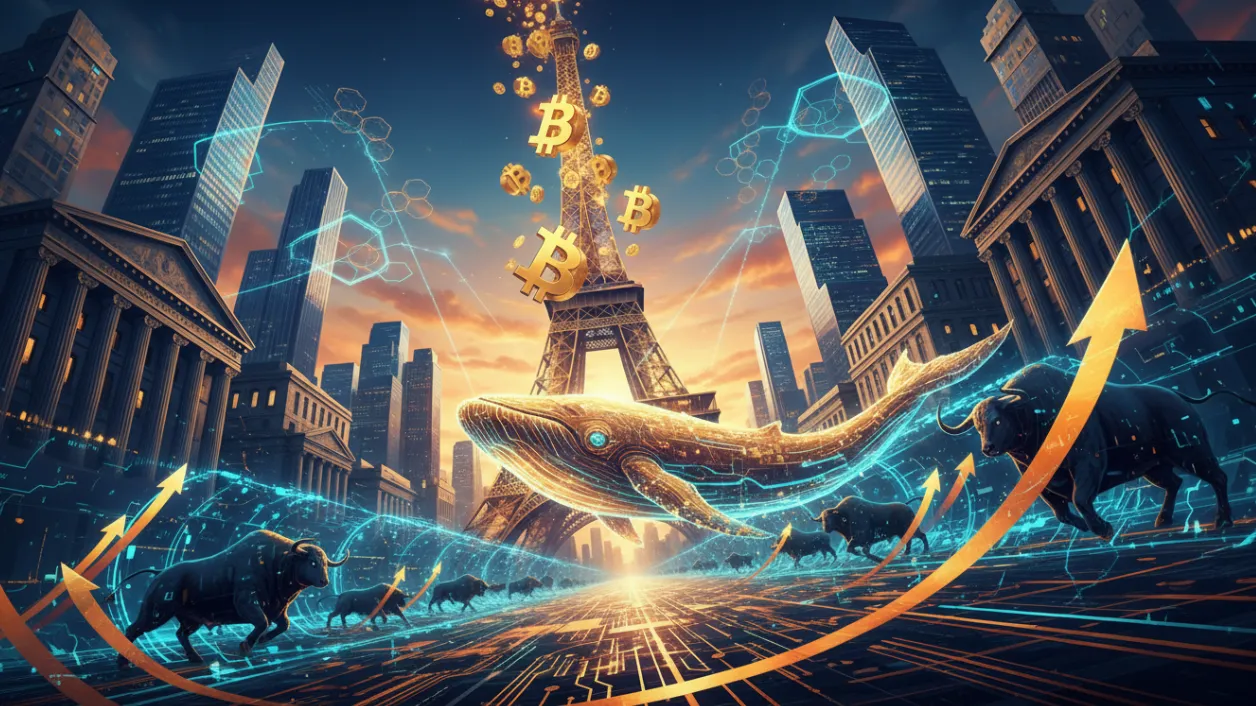Author: Sleepy.txt
Editor: Kaori
This autumn in the tech industry is particularly cold.
On October 28, Amazon announced plans to cut up to 30,000 corporate jobs, nearly 10% of its corporate workforce, marking the largest layoff since the end of 2022. CEO Andy Jassy stated that the company would replace some positions with AI.
At the beginning of the month, American HR software company Paycom also laid off over 500 employees, with their roles being replaced by "AI and automation." A month prior, Europe's largest food delivery company Just Eat Takeaway announced the layoff of 450 people, citing "the use of automation and AI." Further back, freelance platform Fiverr laid off 30% of its total workforce in one go, with the CEO stating the goal to become an "AI-native company." In addition, Meta, Google, Microsoft, and Intel have also been tightening their workforce.
Those laid off are not assembly line workers, but rather highly educated professionals with years of experience who had to go through multiple interviews to secure their positions, including software engineers, data analysts, product managers, and more. For a long time, they believed that skills were their moat, educational backgrounds were their insurance, and hard work would eventually pay off.
According to the tech industry layoff tracking site TrueUp, hundreds of thousands of tech workers have lost their jobs this year. The impact of AI did not start with low-skill positions; it first shook the most secure and professionally barriered intellectual jobs.
What’s more brutal is that this replacement process is not gradual. AI does not replace 10% of jobs first, then 20%, 30%; rather, when a certain critical point is reached, entire departments are eliminated.
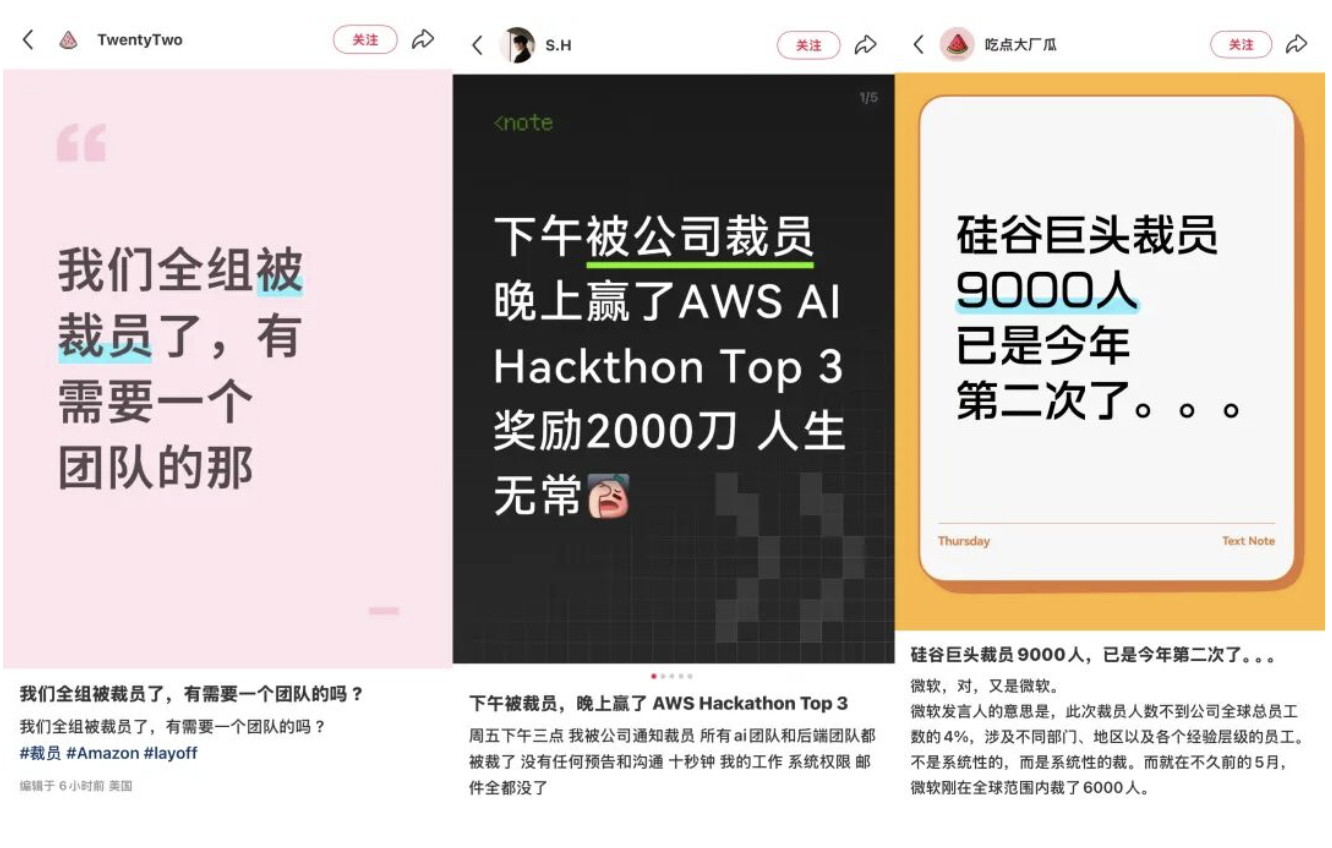
The essence of labor is exchanging time for money. Time is inherently limited, and the biggest risk in this system lies in its continuity. Once labor is forcibly interrupted, whether due to unemployment, illness, or aging, income will also be immediately interrupted. This is a common predicament that all those who rely on selling their time for income will eventually face.
Stalling Wages, Racing Assets
In April 2024, Scott Galloway, a professor at NYU Stern School of Business, published an article titled "War on the Young." It stated that from 1974 to 2024, the median real wage in the U.S. grew by 40%, while the S&P 500 index rose by 4,000%. A hundredfold difference.
This means that if you had $10,000 in 1974 and invested it in the S&P 500, by 2024 it would have grown to $400,000. But if you started working in 1974 and saved little by little from your salary, by 2024, the purchasing power of your income would only be 40% more than it was back then.
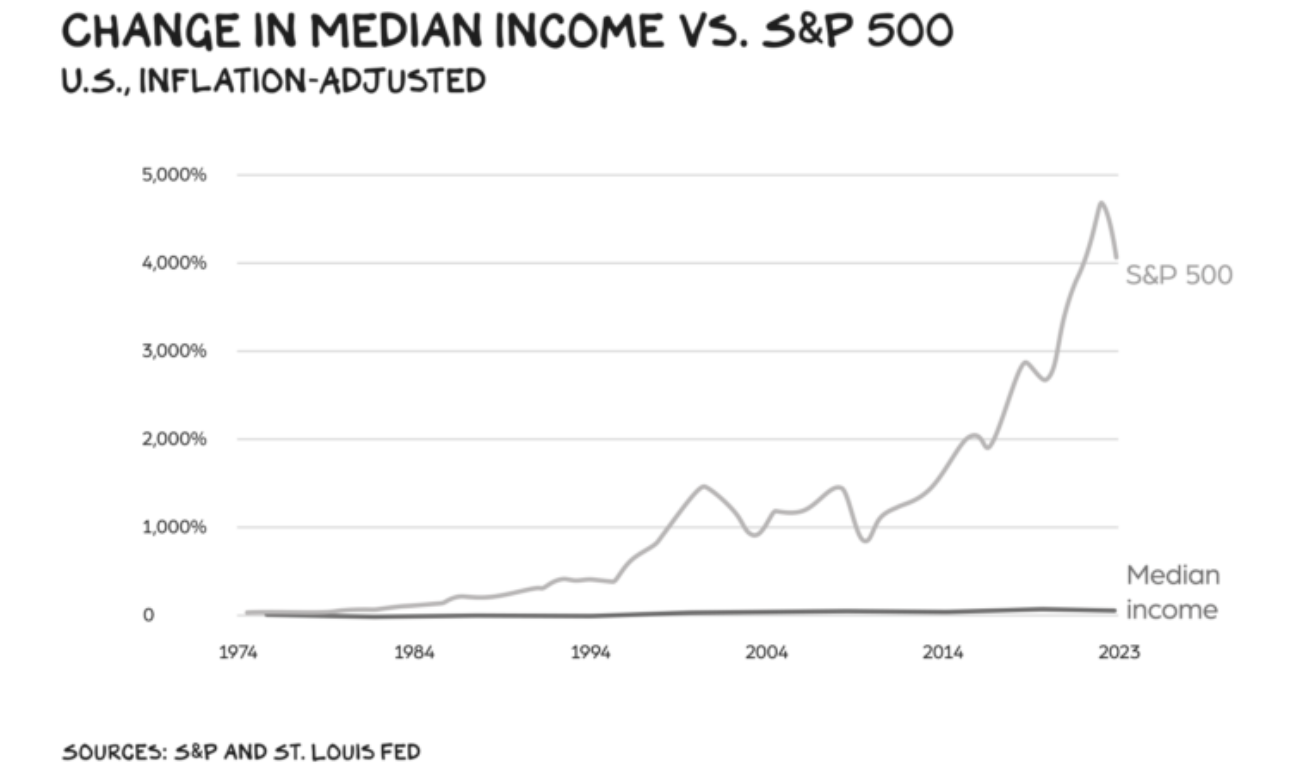
Research from the Washington think tank Center for Equitable Growth further confirms this trend. Since the turn of the 21st century, wage growth has lagged behind all other sources of income. Capital gains, dividends, and interest—these forms of income that do not require you to clock in every day—have grown far faster than wages.
This gap has long seeped into everyone's daily life.
In 1985, the median home price in the U.S. was $82,800, and the median household income was $23,600, making home prices about 3.5 times income. Forty years later, home prices have risen to $416,900, while income has only increased to $83,150, raising the ratio of home prices to income to 5 times.

Comparison of median income, home prices, and mortgage rates in the U.S. in 1985 and 2025 | Source: Visual Capitalist
In the San Francisco Bay Area, home prices have risen far above the national average, while income growth for tech workers has been relatively limited. An engineer who joined Google in 2015 had a salary of over $100,000 and was interested in a two-bedroom home priced at about $2 million in South Silicon Valley. He thought that after a few more years of work and saving for a down payment, he would be able to afford it. Five years later, his salary increased, but home prices rose even faster. That house became $3 million; by 2025, it was approaching $4 million.
His salary had nearly doubled, but home prices had almost increased by one and a half times. After ten years, he was further away from that house than ever.
From early 2021 to mid-2025, U.S. consumer prices rose by a cumulative 22.7%, while average hourly wages increased by 21.8%. On paper, your salary appears to be rising, but when adjusted for the cost of living, you can actually buy less.
This is the confusion faced by many wage earners; for them, wealth growth almost never keeps pace with the rising cost of living. Wages are rising, but so are rent, utility bills, and childcare expenses. Data from the World Inequality Lab shows that in the U.S., the top 10% of earners make five times more than the bottom 50%. However, in terms of wealth, this gap is magnified to a hundredfold.
The wage gap is merely superficial; what truly determines fate is the gap in capital. For most people, wealth accumulation depends on time investment; for those who already possess capital, time itself is the engine of wealth. As assets appreciate and appreciate again, no matter how fast laborers chase, it is difficult to cross that ever-rising curve.
Trapped in Illusion: The Middle Class
In the tech industry, this structural gap is particularly evident.
It was once the dream industry for workers. High salaries, stock options, and a seemingly eternal promise—that as long as you are smart enough and work hard enough, you can achieve financial freedom through your labor.
This belief has supported an entire generation of knowledge-based middle class and formed the core of the Silicon Valley narrative. However, the wave of layoffs in 2025 has torn a hole in this narrative.
A report released by Boston Consulting Group in February this year, targeting high-income groups in North America, surveyed thousands of Canadians earning between $75,000 and $200,000 a year, who should be considered upper-middle class or even wealthy. The results showed that only 20% felt financially secure, nearly one-third believed their situation had become more unstable over the past year, and about 40% were worried about being laid off.
This anxiety is becoming increasingly common among the American middle class.
According to a survey by American media, among those earning over $100,000 a year, nearly half reported living paycheck to paycheck. An Amazon engineer working in Seattle with a salary of $180,000 seems to be doing well, but he has to pay $4,000 a month in mortgage, $2,000 in childcare, $1,000 in car loans and insurance, and $500 in student loans. After taxes, his income is about $11,000, but he is left with less than $1,000 in savings.
"I feel like I'm stuck on a treadmill and can't stop," he said in an interview. "I can't change jobs because the new position might pay less; I can't afford to get sick because taking time off would affect my performance."
This anxiety indicates that what people are truly uneasy about is not the amount of income; high pay does not equal security. True financial security comes from passive income, which is income that does not rely on continuous labor. As long as life is still tied to working hours, no matter how high the salary, it is merely a temporary stability.
In addition to wages, stock options were once seen as the key to wealth for workers. They made countless engineers, product managers, and designers believe that they were not just employees of the company, but "co-owners" of the company. Every overtime hour and every night spent launching a product seemed to contribute to future wealth accumulation.
But reality is pushing back against this narrative. A product manager who worked at Meta for three years found that he still had half of his stock options unvested after being laid off, worth about $150,000 at the time of the stock price. However, because he left the company, that portion of the options became worthless.
"I always thought that was my asset," he said, "but it was just a tool the company used to keep you. Once you leave, it means nothing."
Stock options may seem like a distribution of capital, but in essence, they are still a delayed payment for labor. They postpone risk and pre-position hope, making employees extend their labor time in an illusion.
More and more tech workers are beginning to realize that security does not come from the height of wages, but from the proportion of capital in their personal income structure. They are starting to seek paths to transition from "laborers" to "capital owners."
Three Paths, All Difficult
The first path is entrepreneurship. Transitioning from selling one’s time to buying others' time, from employee to boss. This is the most direct yet most challenging route. According to the U.S. Bureau of Labor Statistics, about 20% of startups fail in their first year, and less than half survive five years, with only about 30% making it past ten years. Among that 30%, only a very few achieve financial freedom.
The second path is delayed gratification. Followers of the FIRE (Financial Independence, Retire Early) movement believe that as long as they are disciplined enough to save most of their income and invest it in assets that can provide stable returns, they can escape the constraints of work earlier.
It sounds like a rational choice—moderation, saving, letting compound interest work for you.
But in cities like San Francisco and New York, trying to save half of an annual salary amid high rents and prices almost means giving up socializing, traveling, and spending. More challenging is that this delayed gratification requires maintaining a high income, avoiding unemployment, illness, and unexpected events. Any variable that goes wrong can disrupt the plan.
In addition to these two paths, many young people are beginning to seek new possibilities.
They are no longer satisfied with just keeping money in a bank account to earn interest, nor do they rely solely on company-sponsored pensions. They are actively learning about asset allocation, letting their money work for them.
Research reports show that millennials and Generation Z are the first groups to widely use automated investment tools early in their careers. They are more willing to manage their accounts personally, and their investment directions are more diversified, ranging from stocks and bonds to index funds and even crypto assets.
The impetus for this shift is actually anxiety.
When high salaries no longer equate to security, and the wave of AI makes "stability" increasingly difficult, investing—once a game for the wealthy and professional institutions—is being relearned and redefined by the young people of this era.
The most mainstream choice remains investing in traditional financial markets. For example, stocks and index funds; for young people who cannot afford homes, Real Estate Investment Trusts (REITs) also serve as another compromise. Nareit data shows that by 2025, the total market value of U.S. REITs has exceeded $1.4 trillion. By purchasing REITs, people can indirectly hold a portion of commercial real estate with relatively little capital, sharing in the appreciation dividends of the real estate market, which also serves as a hedge against rising rents and home prices.
But for many young people, this is still too slow. They grew up in the internet age, naturally close to new technologies and more capable of bearing risks. In their pursuit of financial freedom, they are beginning to turn their attention to more radical fields—cryptocurrency.
A report released by A16Z in October 2025 mentioned that since the advent of ChatGPT, a significant number of talents have flowed from traditional finance and tech companies into the crypto world. As artificial intelligence comes to the center of this new world, the crypto space continues to attract a group of people chasing uncertain opportunities.
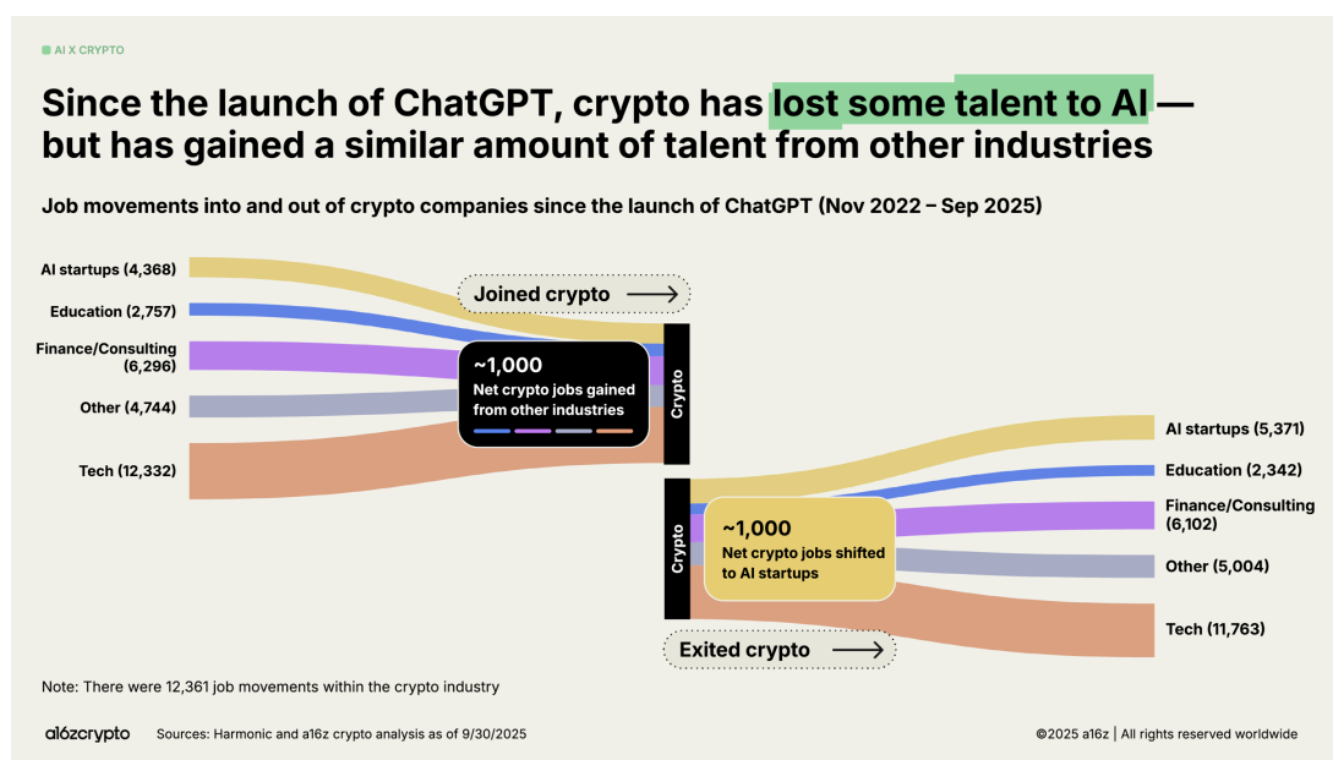
For many tech workers, the crypto world offers a seemingly faster path. In traditional companies, they receive salaries and stock options, which can only be realized when the company goes public or is acquired.
In crypto projects, however, compensation is often distributed in the form of tokens, which can be traded on secondary markets as soon as the project goes live, providing far greater liquidity than traditional equity. For those tired of waiting, this means a more direct incentive mechanism.
But crypto remains a high-volatility gamble. The frequency of price surges and drops far exceeds that of any traditional asset, with daily fluctuations of 20-30 percentage points becoming the norm. This investment frenzy precisely illustrates how despairing traditional paths have become. Entrepreneurship is too difficult, FIRE is too slow, and the returns from traditional investments cannot keep up with the rising asset prices, leading people to prefer to continuously bet in a new field full of risks. They reflect not greed, but anxiety.
The Cost of a New Order
All of this ultimately converges into two curves.
In the first three quarters of 2025, the S&P 500 rose by 17%, and the Nasdaq rose by 22%. Those holding stocks saw their wealth grow. Meanwhile, real wages are declining, and the unemployment rate is rising. One curve goes up, the other goes down, and the distance between them is growing.
This is not a coincidence. When the growth rate of labor income cannot keep up with the cost of living, and when AI begins to threaten the stability of high-skill jobs, people naturally seek other sources of income—investment, speculation, gambling, arbitrage. This anxiety is particularly evident in emerging industries.
The question is, where will such a transformation lead society as a whole?
If more and more people begin to rely on investment, what will happen to those without capital? A recent college graduate, with no savings and no family support, how can he obtain his first pot of gold? If the only way is to slowly accumulate through wages, and the growth rate of wages cannot keep up with the rising asset prices, he will never catch up with those who are already at the starting line, leading to further class solidification.
Another question is, to what extent will the total amount of human work decrease as AI continues to replace labor?
In the future, AI and robots may replace most human jobs. This is not a brief economic cycle; in this transformation, the meaning of labor, the sources of income, and even the value of "effort" are being redefined.
Historically, humanity has faced similar moments. In the early stages of the Industrial Revolution, machines replaced manual labor, leading to mass unemployment among textile workers and a period of social chaos and anger.
But ultimately, industrialization did not destroy labor; it reshaped it. New jobs were created, new industries emerged, and overall productivity and living standards were elevated to a new level. The question is, will the AI revolution be the same? No one knows the answer.
The transformation of the Industrial Revolution took more than a century, accompanied by countless social upheavals, strikes, and redistributions. The speed of the AI revolution far exceeds that of that era. Since the release of ChatGPT, in less than three years, it has already changed the structure of the job market. As algorithms can write code, generate content, handle customer service, and formulate strategies, the so-called "professional capabilities" are also being redefined.
Perhaps the end of labor is not the end of work, but a redistribution of the meaning of work. AI will not lead to complete human unemployment, but it is rewriting the essence of "work" and reshaping the sources of "security." In the next decade, this new distribution order will determine the shape of the economy and how individuals find their place and dignity within it.
免责声明:本文章仅代表作者个人观点,不代表本平台的立场和观点。本文章仅供信息分享,不构成对任何人的任何投资建议。用户与作者之间的任何争议,与本平台无关。如网页中刊载的文章或图片涉及侵权,请提供相关的权利证明和身份证明发送邮件到support@aicoin.com,本平台相关工作人员将会进行核查。
